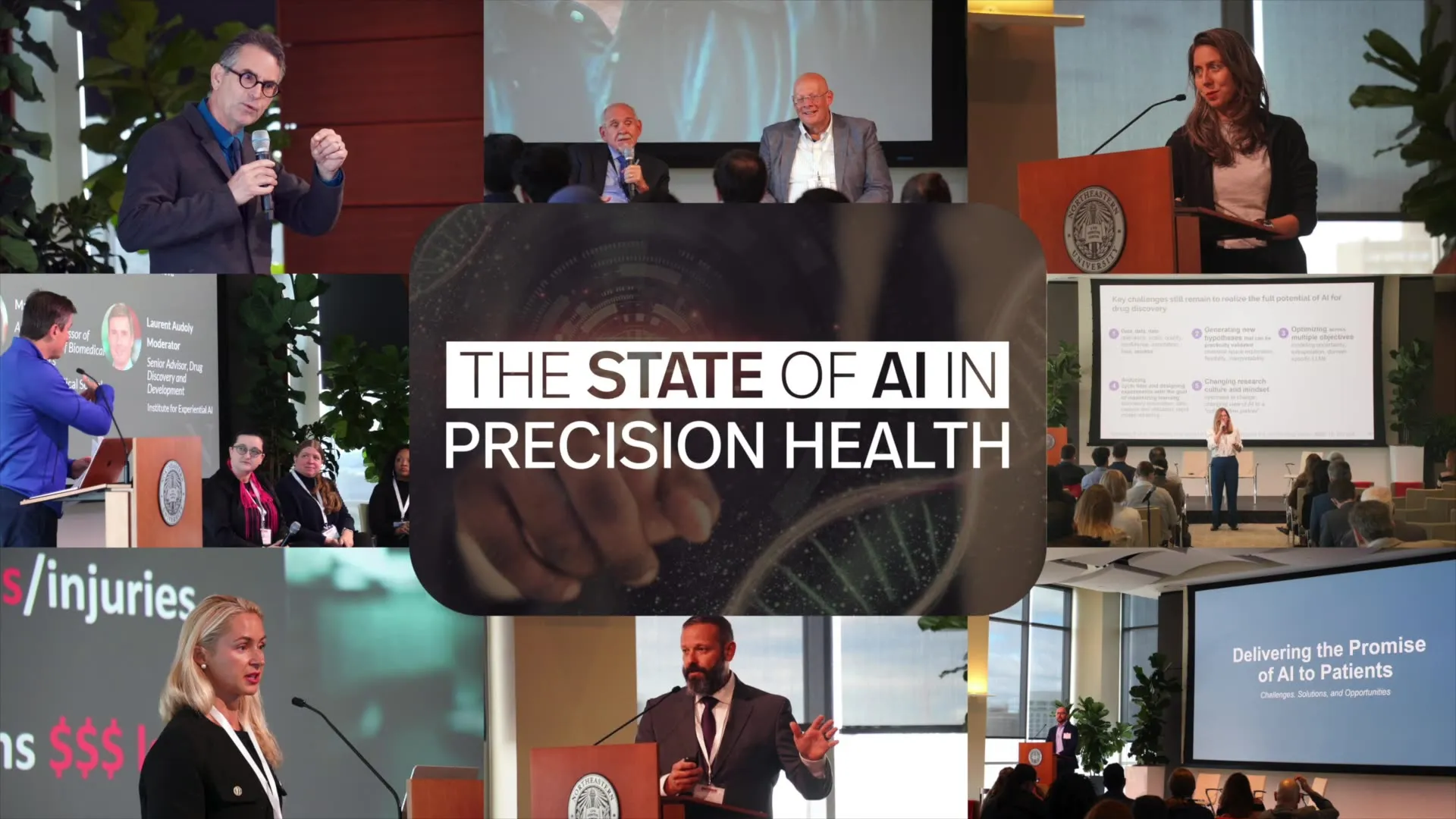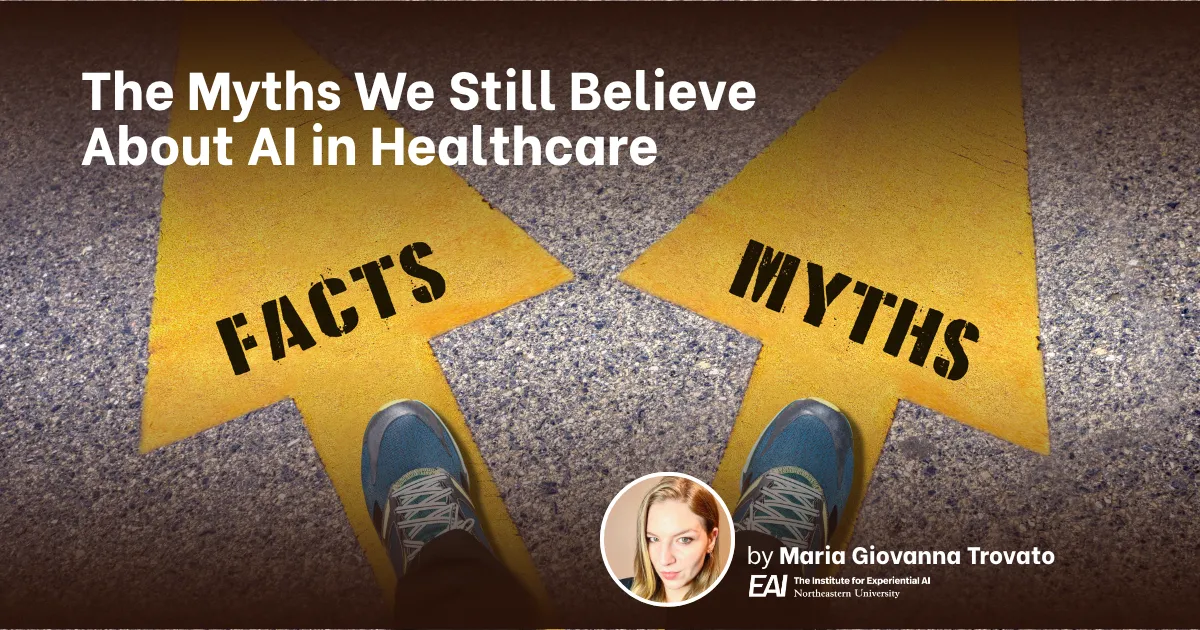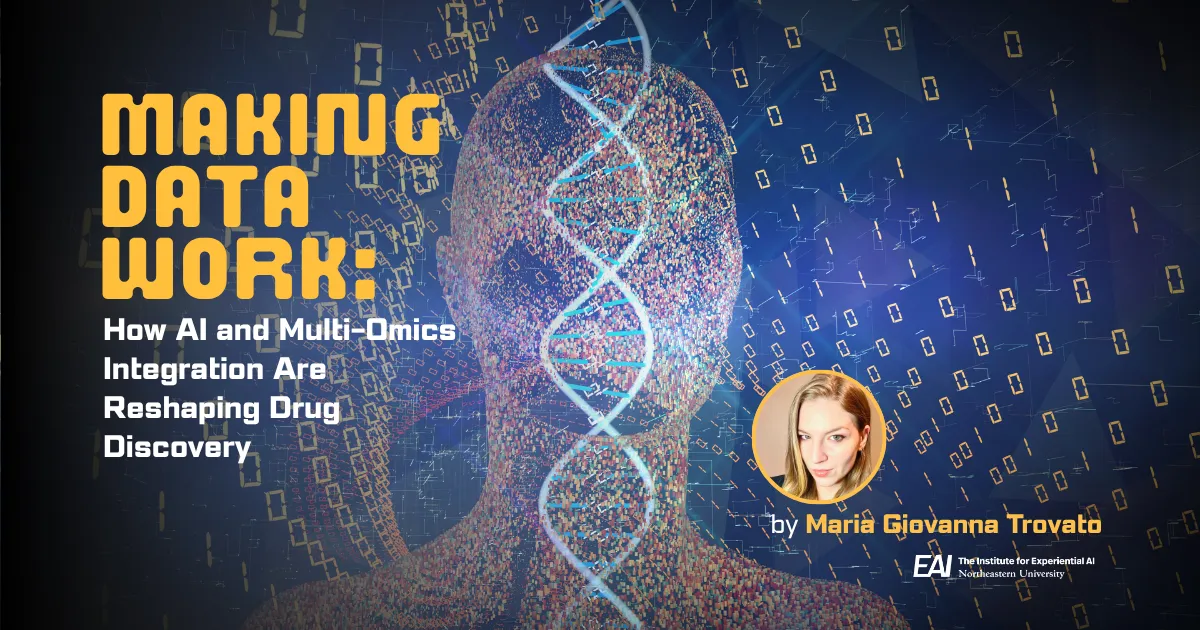The State of AI in Precision Health: Speaker Q&A

While we couldn’t address all of the questions live during our The State of AI in Precision Health conference, we’ve compiled answers from many of our speakers for your convenience. Click here to find all of the talks in our complete playlist.
Q: Power is a bottleneck for data centers, but not for the reasons that people think. The problem is capital, not expense. It is much cheaper to deploy that much power in a condo than a data center, because the capital for distributing power in a condo involves commodity parts, but data centers are built in remote places by a large team of highly-specialized electricians that need to be moved there from somewhere else. In addition, we need to overbuild all of that with backup batteries and generators. We don’t do that for condos. The variable expenses are small compared to the mortgage on the capital.
A: John Halamka: I'm not an expert on power systems, but I recently met with the leaders of the Adani Group. They are investing billions in new green power plants that will power the exponential growth of data centers.
Q: What is the role of user generated data from less ‘scientific’ sources like non-medical wellness apps or even social media (as was used in the pandemic for disease tracking) for building a robust complete decentralized federated model?
A: John Halamka: Patient-generated data include wearables and report of outcomes is essential for creating the next generation of AI. Mayo is increasingly incorporating these data sources into its data lake.
Q: As individual data accumulates around personal life how can privacy be protected? Is there a way the individual controls their data by a de-identified interface with AI trained models. Something has to be done regarding this.
A: John Halamka: At the moment, consent for reuse of data is binary - off or on. Mayo is expanded its consent to give patients granular control over categories of data i.e. genomics, mental health, substance abuse, etc. Years ago I wrote a proposal for such an infrastructure - see here.
Sam Scarpino + Gene Tunik: AI + Health and AI + Life Sciences at Northeastern University
Q: As all these presentations touch on AI advancements in healthcare, in what ways will the data collection and AI affect the insurance industry? Concern that additional and specific patient reported data may be used, for a lack of better work, against patients or those most vulnerable? How will insurance AI work with and against patients, care providers, personalized medicine?
A: This is a very important topic but one that there is no information on yet. As we saw in Cansu Canca’s presentation, AI has already been misused by insurance companies in ways that did harm (wrongful denial of services) and led to law suits. I don’t know at this time what safe guards will be put in place in this arena. Cansu and Allan Mislove may have more on this topic regarding regulatory processes.
Q: Do you all think that using Emergency Medical Services would be advantageous when it comes to access to patients and information while delivering pre-hospital care?
A: Colleen Hole: Not sure this is what they’re getting at, but EMS often works in a vacuum of information to provide care on-scene/pre-hospital, so the more access to patient information (chronic disease, allergies, etc.), the better. On the other hand, if they are asking if EMS can be the source of patient information pre-hospital, then of course they can and do inform care in the ED.
A: David Levine: We discussed home hospital, which is hospital-level care. Nonetheless, I do think that using EMS is advantageous in the pre-hospital care arena.
Q: Are payers or patients expected to pay for these interesting solutions at home?
A: Colleen Hole: As this is hospital-level care, then yes, someone has to pay for it. CMS is already covering for FFS Medicare, a few states (nine or 10) are covering through Medicaid and increasingly commercial payers are covering. Patients are generally responsible for inpatient services co-pays according to their health plan.
A: David Levine: They already do! There is a waiver program in the US that pays for home hospital care, for example, at the same level as brick and mortar hospital care.
Q: How does AI play a role in acute care at home in terms of obtaining trends on blood tests and imaging tests? Will these home hospital settings require hiring phlebotomists, technicians, etc.?
A: Colleen Hole: As Dr. Levine suggested during the panel, AI is currently playing a minimal role in Hospital at Home, but Remote Patient Monitoring does collect and report data on trends (vital signs primarily) to inform care. Labs and imaging are already part of the care in Hospital at Home. Some employed and some contracted with third parties, but trended through the EHR.
A: David Levine: AI does not yet have an active role in trending blood/imaging tests. It certainly could in the future! Some home hospital programs do employ phlebotomists, others use the nurses/medics that are already visiting the home.
Q: When handling subtle waveform signals, is it difficult to separate signal from noise used in catastrophic event detection? If so, do you have reliable strategies for enhancing your signal detection, or is it already built in to the model fit?
A: First, error detection and artifact rejection are important pre-filters. All raw measurements must be qualified prior to use.
Second, features must be engineered to enhance the signal of interest. We draw upon the research of UVA’s Randall Moorman for this purpose.
Third, large data sets with hand curated targets are essential for apply ML to detect the signatures associated with decompensation.
Finally, we also average over time periods of up to 30 minutes which decreases sensitivity to noise.
Explore more from the event and learn how the Institute for Experiential AI is driving innovation here.




